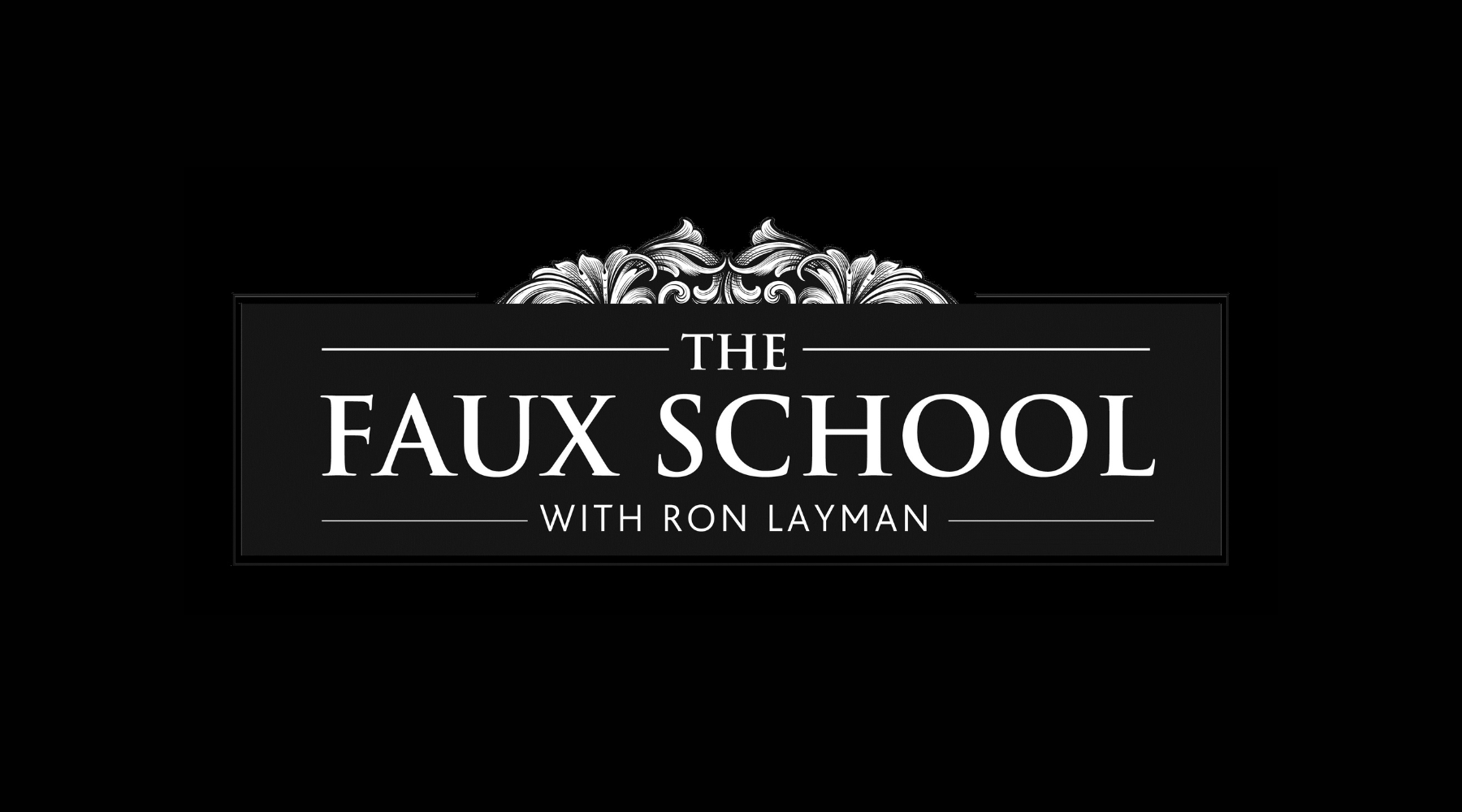Baroque: A Triumph of Contrast and Grandeur
The Baroque is a multifaceted artistic style that emerged in Europe during the early 17th century and flourished until the mid-18th century. It encompassed architecture, music, dance, painting, sculpture, poetry, and more. As a response to the simplicity and austerity of Protestant art, the Catholic Church embraced the Baroque as a means to evoke awe and convey religious themes with direct emotional involvement. This period followed the Renaissance and Mannerism and paved the way for the Rococo and Neoclassical styles.
Architecture that Inspires Awe: Baroque architecture sought to create a sense of grandeur and amazement. Churches were designed with a large central space, often crowned by a dome or cupola that symbolized the union of heaven and earth. Light flooded through the dome, illuminating the interior. The meticulously decorated cupolas featured paintings of angels and saints, while stucco statuettes created an ethereal atmosphere. Quadratura paintings on the ceiling used trompe-l'œil techniques to blend reality and illusion, taking viewers on a visual journey of heavenly splendor.
Ornamentation and Contrast: The Baroque style embraced opulent ornamentation. Departing from the classical repertoire of the Renaissance, Baroque architects introduced new motifs such as cartouches, trophies, and baskets of fruit or flowers. These elements were intricately crafted in marquetry, stucco, or carved work. The use of contrast, both in terms of light and dark and in the combination of materials, added drama and dynamism to Baroque design. The resulting compositions were vibrant, exuberant, and intended to provoke a sense of awe in the viewer.
The Influence of the Catholic Church: The Baroque style was encouraged by the Catholic Church as a response to the Protestant Reformation. The Church wanted to engage a broader audience and communicate religious themes in a more direct and emotional manner. Baroque churches featured a focus on the altar, emphasizing its sacred significance. The interiors became increasingly ornate, with intricate decorations and elaborate works of art. Baroque churches aimed to create an immersive experience that would inspire worshippers and reinforce their spiritual connection.
Illusions and Drama: Baroque architects employed various techniques to create illusions and add dramatic effects to their designs. Forced perspective, an artistic technique that manipulates visual perception, was used to create the impression of greater depth and distance. This technique was employed to make spaces appear larger or to create optical illusions that amazed and captivated viewers. Through the skillful use of perspective, Baroque architects transformed spaces into visual symphonies that left visitors in awe.
The Legacy of the Baroque: The Baroque style left an indelible mark on the artistic landscape of Europe. Its influence can be seen in the magnificent works of architecture, sculpture, and painting that still captivate audiences today. The grandeur, drama, and emotional power of the Baroque continue to inspire artists and viewers alike. Whether in the soaring domes of churches, the intricate details of ornamentation, or the illusions that play with perception, the Baroque remains a testament to human creativity and the pursuit of awe-inspiring beauty.
Conclusion: The Baroque era stands as a testament to the human desire to transcend the ordinary and touch the divine. Through its ornate architecture, intricate ornamentation, and masterful illusions, the Baroque sought to evoke awe and deep emotional engagement. It was a period of grandeur and theatricality, driven by the Catholic Church's desire to communicate religious themes to a wider audience. The legacy of the Baroque lives on in the awe-inspiring churches and masterpieces that continue to amaze and inspire us today.
